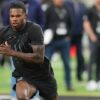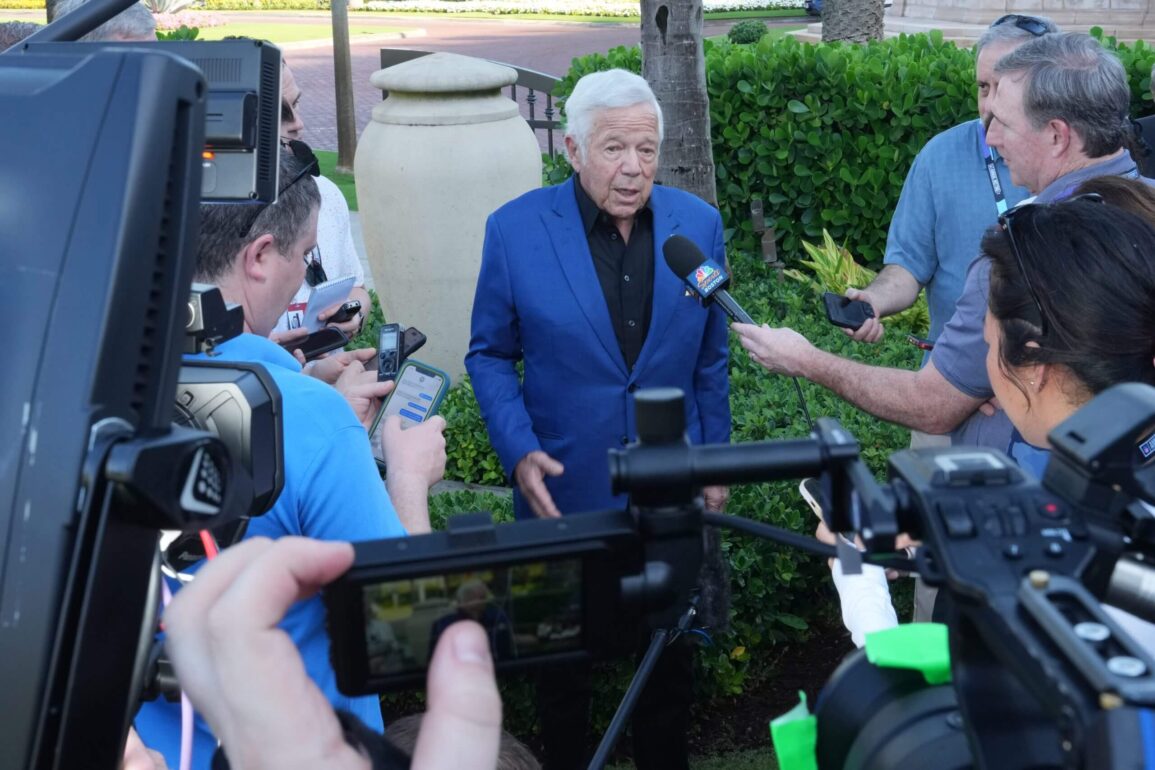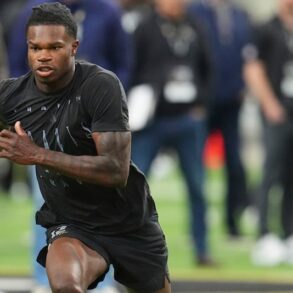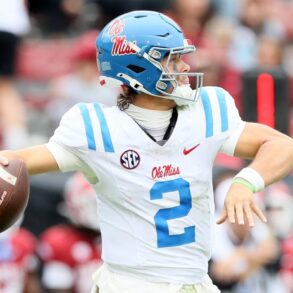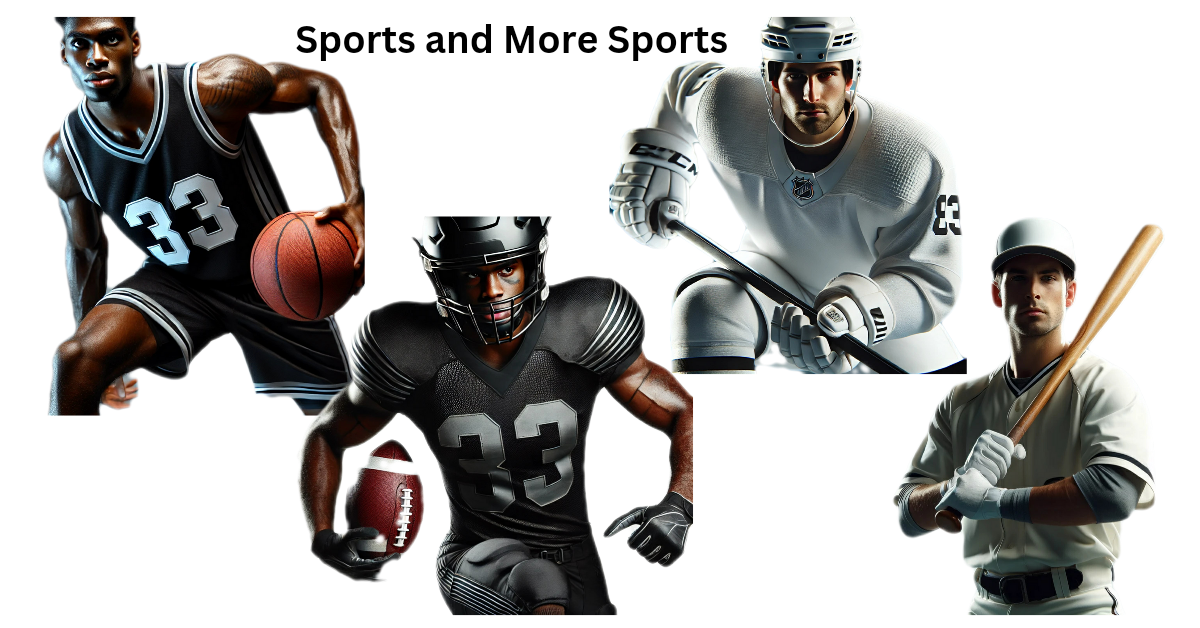PALM BEACH, Fla. – As storm clouds rolled over the courtyard at The Breakers, the crowd at the NFL’s annual meeting reception on Monday night moved inside to continue the festivities in the hallways and ballrooms of the historic luxury resort.
NFL team owners, coaches, general managers and commissioner Roger Goodell mingled over drinks and servings of steak, salad, pasta or custom poke bowls. What made the event unique, however, was another group that got invitations to the festivities: the media members that cover the league.
Advertisement
The evening was strictly off-record and, as a result, conversations were informal and relaxed as reporters dined, imbibed and chatted alongside the league’s decision-makers. That was by design. The party on Monday night reflected the tone of an event the NFL has put on for decades. The “annual meeting” is built around an ownership summit in which new competition rules are weighed, debated and sometimes voted on. It’s not too dissimilar from other leagues’ board of governors meetings where league business is discussed, only the NFL has expanded the three-day conference to make it a destination for the journalists that cover the league regularly.
Monday and Tuesday morning included roundtable interviews with the head coaches of every NFL team. Several owners fielded questions from the media and drove news cycles in their home markets.
On Monday afternoon, New England Patriots owner Robert Kraft was surrounded by a circle of cameras and tape recorders on the lawn in front of the hotel, just a hundred yards or so from where the NFL Network was broadcasting live from the grounds. The next day after the meetings broke, Dallas Cowboys owner Jerry Jones held court for more than a dozen scribes in a hallway outside the meeting room discussing the potential for NFL players participating in Olympic flag football and the value of hosting World Cup games in 2026.

Robert Kraft owns the NFL’s New England Patriots and MLS’s New England Revolution. (Photo by Jim Rassol/Imagn Images)
In the breezy courtyard where palm trees and a flowing Mediterranean-style stone fountain provided a serene setting, general managers and coaches sat for 1-on-1 interviews with beat reporters. Perhaps most importantly, the hotel’s breathtaking main hallway, lit by crystal chandeliers and with a hand-painted ceiling, was an off-record haven where reporters got face time with owners and executives.
The access mimicked the transparency around the business itself. The NFL provided reporters with details of the competition initiatives its owners were set to discuss and vote on and then held press conferences to explain the initiatives that passed or failed. The week ended with a Goodell press conference.
Advertisement
The NFL’s openness stands in contrast to much of the global football ecosystem. The Premier League is probably the closest approximation to the NFL in terms of its relevance and popularity. It has historically had a close relationship with the league and shares several owners. Manchester United co-owner Joel Glazer was in attendance representing the Tampa Bay Buccaneers, as were Arsenal owners Stan and Josh Kroenke (Los Angeles Rams) and Fulham owner Shahid Khan (Jacksonville Jaguars). Co-owner of second-tier side Leeds United, Jed York (San Francisco 49ers), and Crystal Palace co-owner Josh Harris (Washington Commanders) were also there.
Yet, access in the Premier League is limited mostly to managers’ weekly press conferences. Player availability has been reduced dramatically. Executives rarely talk. As The Athletic’s Oliver Kay wrote two years ago, “English football doesn’t really do openness.” Managers stand too often as the lone public voice for clubs.
There are exceptions. As Kay explained, some Premier League club executives do speak to the media, but the culture frowns on those exceptions rather than encouraging them.
“One executive tells the story of how counterparts at other clubs think he is a ‘mug’ for exposing himself to scrutiny in media interviews and question-and-answer sessions with supporters,” Kay wrote. “Another media-friendly executive has been accused of being on an ego trip.”
One can’t help but wonder how the Premier League might benefit from similar types of events and access. At the risk of sounding like Todd Boehly suggesting an all-star game, it’s difficult to argue that the NFL’s approach to engaging media at these sorts of events is misguided.
The league’s popularity is unparalleled in the U.S.. It dominates TV ratings, accounting for 72 of the 100 most watched telecasts in the U.S. in 2024 — a number that was somehow down from 2023. The NFL plans to opt out of its media rights deals, valued at $111 billion over 11 years, because it now sees its product as undervalued, per multiple reports. By contrast, NBC pays the Premier League $450 million per season, while its domestic rights in the UK are valued at $8.4 billion over four years.
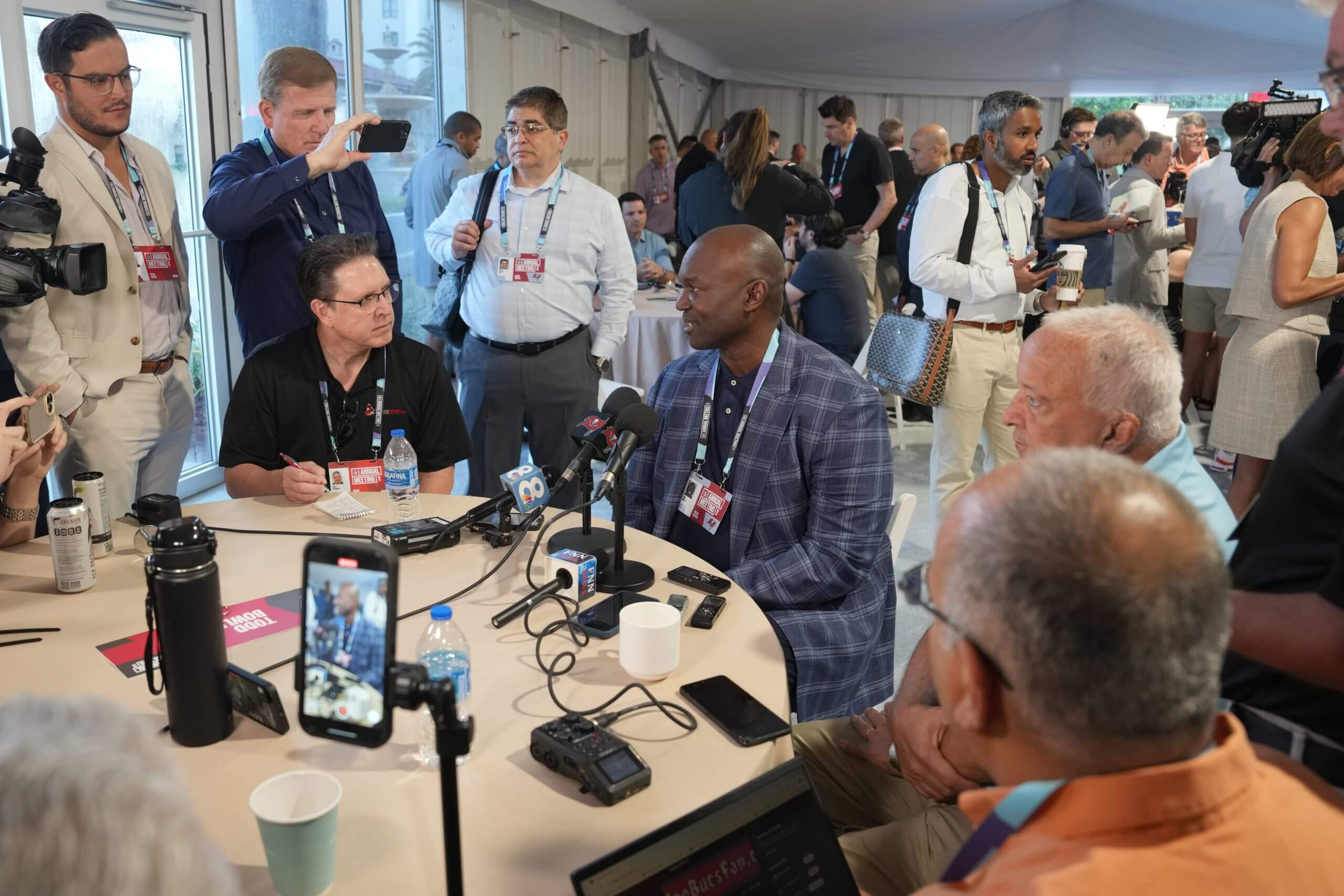
NFL coaches, like Tampa Bay’s Todd Bowles, hold court with media members at the annual owners’ meetings. (Photo by Jim Rassol/Imagn Images)
The NFL has leaned into the formal and informal access, because it believes the openness pays off with more and better informed coverage. As popular as the league is, league executives also believe these types of media-driven events are an important ingredient to creating more engagement between the league and its fans.
Advertisement
The three days in Palm Beach reflected the ease with which the NFL has built a dominant hold over the American sports landscape. What could have been a boring board meeting instead placed the NFL squarely back into the news and firmly in the spotlight five months before its season kicks off and three-and-a-half months before teams open training camp.
The NFL season may last just five months, but it has become a year-round force in sports news. The Super Bowl flows into the NFL combine in February, days of workouts and weigh-ins that are broadcast live and covered like a playoff game. That rolls into the annual meeting and then right into April’s NFL draft, which has turned into a three-day event that draws hundreds of thousands of fans in-person — more than 775,000 in Detroit in 2024 — and millions of television viewers. Spring minicamps and summer training camps mean there is almost no moment where NFL fans need to turn elsewhere for entertainment.
The Premier League similarly dominates news cycles, and while it has less competition at home, one can’t help but wonder if the connections and commonalities with the NFL could help to drive some change in the culture around the Premier League and media access, even if it starts on a global front with the league’s popularity in America.
Putting on an event like the NFL’s annual meeting could be a good start.
(Top photo: James D. Smith/AP)
This post was originally published on this site be sure to check out more of their content.


